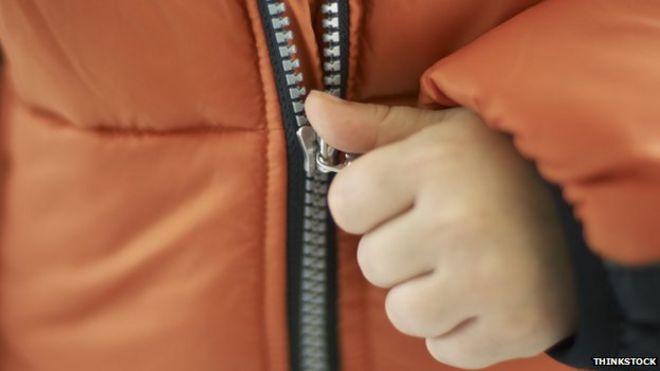A guest post by a reader....
---Disclosure; my wife is an audiologist in private
practice (517-321-6801) and I am her business manager.---
My name
is Rob. I am 50-years-old and a first-time user of hearing aids.
Statistics
say that the average age for a first time hearing aid user is 68. I can't
imagine waiting another 18 years before I start hearing better.
My type
of hearing loss is in the middle and upper frequencies that are most often used
in speech. It is due, in large part, to noise exposure from working 25 years on
the Fire Department, running power equipment and being a shooting sports
enthusiast. The most challenging listening environments for me were hearing
people speak with lots of background noise. This is very commonplace at family
events and in restaurants.
I am a
pragmatist by nature was not very concerned about cosmetics. I wanted the best
instruments regardless of appearance. For
people who are concerned about cosmetics, they do make hearing aids that are
nearly invisible that are custom molded to your ear canal. As it turns out, the
aids that I got are very small and discreet. The shell is silver, like my hair,
and connects to a small clear tube that is nearly invisible that goes into my
canal. It is tipped with a soft silicone ear bud.
My aids
are made by a company called Starkey.
They are the largest manufacturer of hearing aids in the world and are
privately owned. This is a benefit because they can put a lot of their money
into research and development instead of satisfying stockholders. This makes
Starkey the cutting edge manufacturer in technology. The fact that they are
American made, based in Minneapolis Minnesota, is a huge bonus to a guy who was
brought up in an auto worker's town.
I was
fitted with hearing aids that are programmed to work with an iPhone. Obviously, there are aids that can work if you have an Android based smart phone. The hearing aids work in conjunction
with an app on my smart phone and give me the ability to make lots of
adjustments depending on my situation.
The audiologist programmed in four
different memories. Each is intended to help me in different kinds of listening
environments. They are:
- Normal, default for everyday use,
- Telecoil, for use at church or auditoriums that have a loop system. This is kind of like in antenna that streams whatever is spoken into the microphone directly to my aids,
- Music, for when I want to hear the full range of sounds,
- Restaurant, which attenuates reverb and echoes and focuses the microphones on the person I have my head turned toward. Hearing aids are not just passive amplifiers, they can be directional!
And if I don't have my phone with me
I can switch programs either by a button on the right aid or through the screen of my iPhone. I can adjust the volume through a button on the left aid or through the app on my iPhone the volume screen also tells me the battery life remaining.
I can switch programs either by a button on the right aid or through the screen of my iPhone. I can adjust the volume through a button on the left aid or through the app on my iPhone the volume screen also tells me the battery life remaining.
Location specific performance
One
really cool aspect to these aids is the TruLlink
feature. This gives me the ability to fine tune within a memory setting.
By
using a touchpad within the app, I can fine-tune the aid, name the location and
tell it to remember the GPS coordinates through a couple of taps on my screen.
From that point forward, every time I am near those GPS coordinates, my iPhone
tells my aid what setting was perfect for me and automatically switches to it
without me doing a thing.
The app is simple enough that anyone can use it and
very useful. I first used this option at a Mexican restaurant that we go to
every couple of weeks. In the past, it has been very loud with tons of reverb due to the bare plaster walls. I always struggled to hear what my wife was saying at dinner. I set the aids to restaurant
mode, fine-tuned it within the TruLink app, typed in the name of the restaurant
and tapped save. That was it. Now every
time I go to that restaurant, my phone automatically adjusts the aids.
The downside
My first
couple of days with the aids were very fatiguing. I was hearing everything!
From zipping up my coat to my feet shuffling on the floor. The information
being sent from my ears to my brain was a little overwhelming. After that, my
brain seemed to adjust to all the new sounds coming in. I have liked my aids
more and more each day since. One of my biggest concerns is moisture. I sweat a lot when working and exercising. I need
to remember to switch my aids for ear muffs when working and to take them out
when working out.
My wife,the audiologist, has appreciated seeing a first-time hearing a user in an everyday
setting. I ask a lot of questions and she says that this 24/7, real life
experience has helped her as a clinician because it has helped her anticipate
patient questions when doing hearing aid orientations. I love how she uses
every opportunity to learn how to help people reconnect through improved
hearing.
Audiology& Hearing Aid Center
Audiology& Hearing Aid Center
Dr. MaryRose Hecksel Au.D.
7201 W. Saginaw Hwy Suite 300
Lansing MI 48917
Hearingpath.com
(517-321-6801)





Very nice, much better than the one I have. Since I'm 4dB low for the loss level in the right ear, I only have one for the left ear, not nearly as fancy, but it works...
ReplyDelete